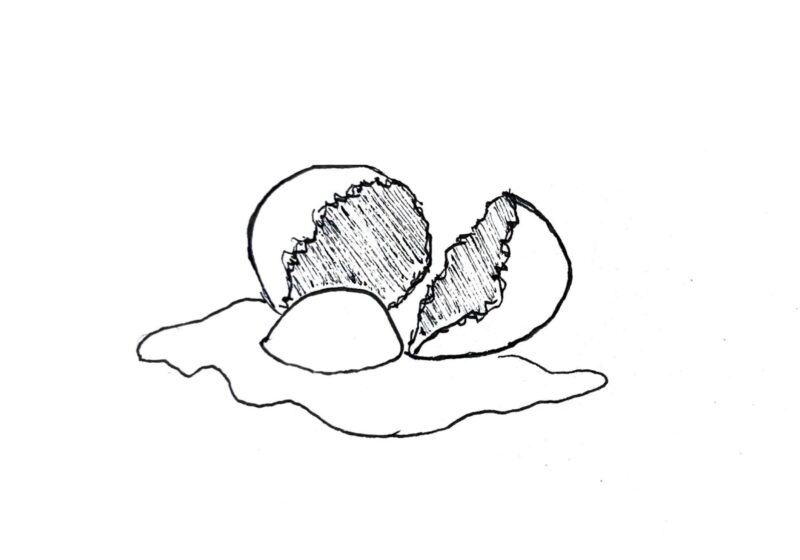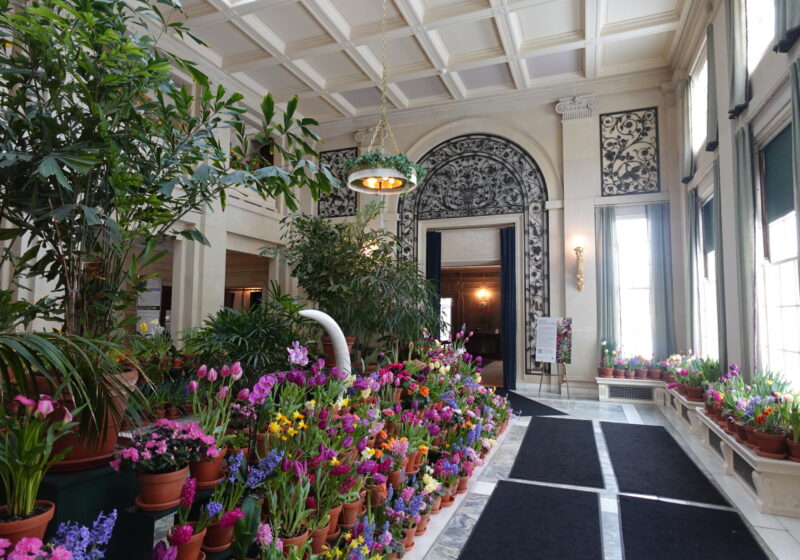Hello, dear reader! This week, I want to talk about a more reserved but common aspect of our culture: museums. Museums are centers of learning and exploration, spaces designed for the enrichment of the human mind. They’re places where we showcase best of our knowledge and culture.
There are museums for almost every subject in our lives, from natural science, to history, to contemporary art, to maples.
I love the idea of a museum. To me, museums are another dimension where all that matters is you, those with you, and the exhibits. Sometimes your stuff is taken away by a nice attendant (I don’t know what you call them) and you’re both physically and mentally relieved. Suddenly all you care about is checking out the new or famous exhibits.
It is a very universal experience. Everyone in a museum is there to do the same thing — to learn or experience whatever the museum is about. And everyone there is also learning or experiencing in the exact same way. It’s a great equalizer.
It’s also a great way to encourage people to dive deep into new things and invest their time into what they find. I’m sure many people’s first time truly connecting with a subject was going to the science museum as a kid. I cannot imagine how many artists or writers have been inspired by gazing at remarkable works of sculpture or painting.
Museums provoke thought. It’s like a silent exchange between minds where thoughts and ideas are shared. The wonderful thing is that it’s a completely non-confrontational exchange. If you don’t like what the exhibit is conveying, that’s fine. You can just walk away.
Another fascinating thing about museums is their very design. Museums are built to enhance every single feature I just talked about.
To start, museums are heavily controlled spaces. That chill you sometimes feel in a museum is purposeful. Most museums are carefully climate-controlled to preserve their treasures. Museums are also monitored and guarded to protect those same treasures, but most times those security measures seamlessly blend into the whole experience. Each room’s design is carefully planned to enhance the visitor’s experience. Every bench you sit on in a museum was mulled over carefully by several people.
The very architecture of the building itself is often to evoke the theme and greater meaning of a museum. Modern art museums are often spectacles of modern art themselves. Museums of natural history look like old photographs from a time past have come to life through their architecture.
Museums themselves also come in a fantastic amount of shapes and sizes. There are giant, internationally famous museums like the Egyptian Museum in Cairo. Or it could be a modest, unassuming museum like the World Carrot Museum. The museums do the important work of preserving all aspects of our culture, no matter how small. The small museums often represent communities and quirky local customs — and that is one of the best parts of being human.
It’s a great luxury that we have spaces completely dedicated just to exploring new fields of interest. We should continue to cherish our museums, as a tribute to cherishing our very own culture.





